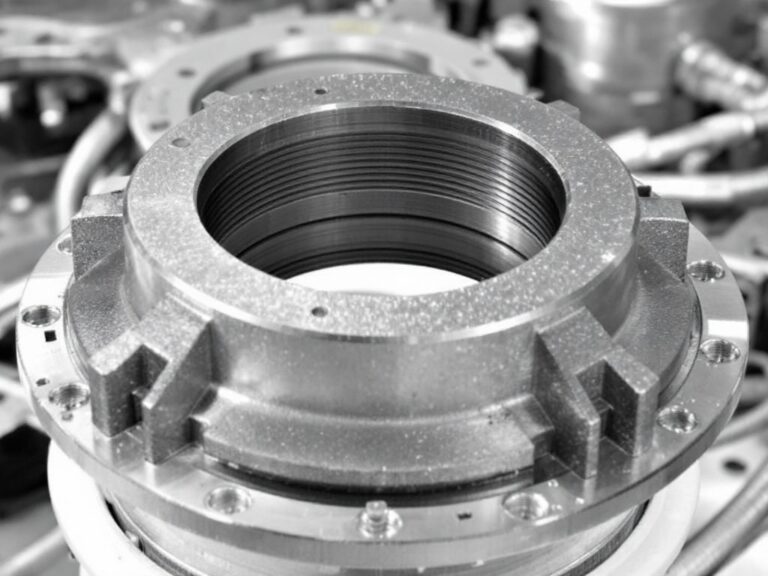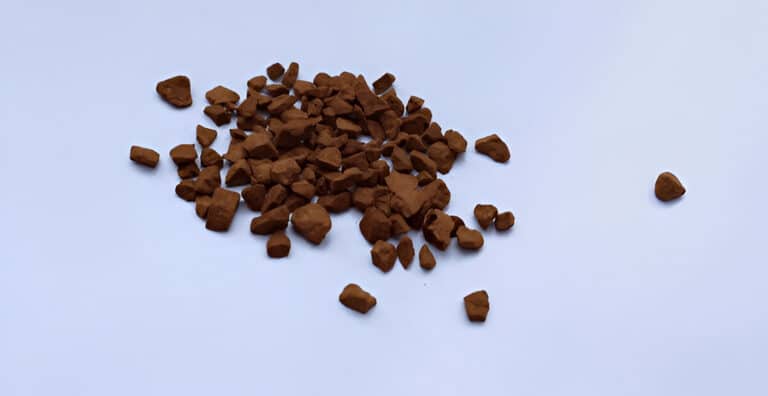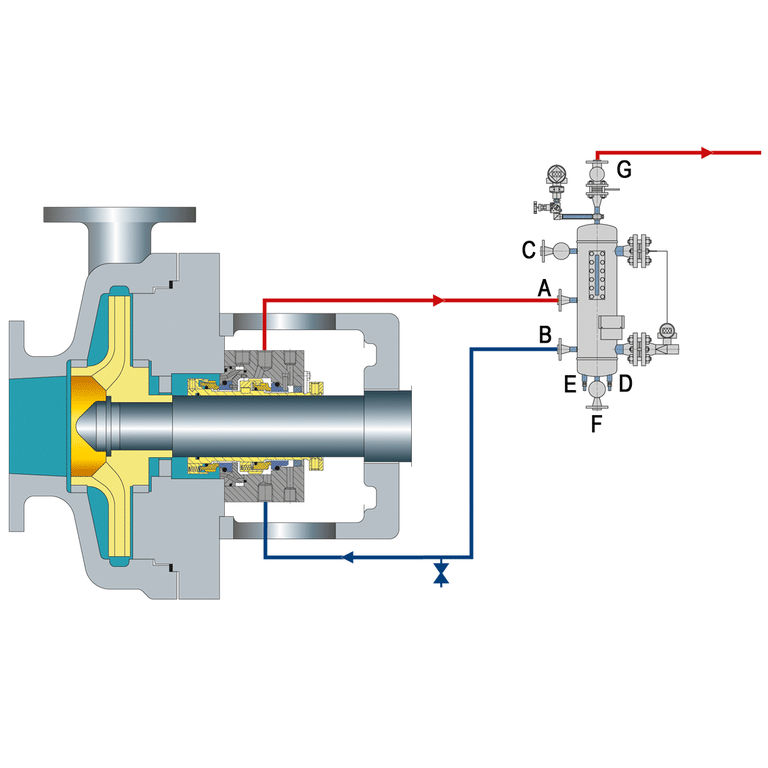Seal Chamber Pressure Calculator
Calculation Formula:
Example Calculation:
A pump with 20 PSI suction pressure, pumping water (SG=1.0) with 10 feet of head differential: 20 + (1.0 × 10 × 0.433) = 24.33 PSI seal chamber pressure.
Seal chamber pressure calculation determines the exact pressure acting on your mechanical seal faces—critical for preventing premature seal failure and costly pump downtime. The basic formula is: Seal Chamber Pressure = Suction Pressure + (Specific Gravity × Head Differential × 0.433).
Getting this calculation right means the difference between a seal lasting years versus failing in weeks. For maintenance teams managing centrifugal pumps, understanding this pressure directly impacts your MRO budget and equipment reliability.
Seal Chamber Pressure Basics
Seal chamber pressure is the actual pressure inside the stuffing box where your mechanical seal operates. This pressure directly affects seal face loading, heat generation, and ultimately, seal life.
Every mechanical seal has an optimal pressure range. Exceed it, and you’ll see rapid face wear or catastrophic failure. Run too low, and you risk inadequate lubrication or vapor formation.
The pressure in your seal chamber isn’t the same as discharge pressure. It’s typically 10-15 PSI above suction pressure for standard centrifugal pumps, though this varies with impeller design and wear ring clearances.
The Core Calculation Formula
The fundamental seal chamber pressure calculation follows this formula:
P(seal) = P(suction) + (SG × H × 0.433)
Where:
- P(seal) = Seal chamber pressure (PSI)
- P(suction) = Suction pressure (PSI)
- SG = Specific gravity of pumped fluid
- H = Head differential between suction and seal chamber (feet)
- 0.433 = Conversion factor (PSI per foot of water)
This formula assumes standard pump configurations without balance holes or special flush arrangements.
Step-by-Step Calculation Process
Start by measuring your suction pressure at the pump inlet using a calibrated gauge. Record this value in PSI.
Next, determine the specific gravity of your pumped fluid. Water equals 1.0, while chemicals vary—sulfuric acid might be 1.84, and gasoline around 0.74.
Calculate the head differential between your suction point and the seal chamber centerline. For horizontal pumps, this is often negligible. For vertical pumps, measure the actual vertical distance in feet.
Multiply your specific gravity by the head differential, then by 0.433. Add this result to your suction pressure.
For example: A pump with 20 PSI suction pressure, pumping water (SG=1.0) with 10 feet of head differential:
20 + (1.0 × 10 × 0.433) = 24.33 PSI seal chamber pressure.
FAQs
What’s the typical seal chamber pressure in a standard centrifugal pump?
For most single-stage centrifugal pumps, seal chamber pressure runs 10-15 PSI above suction pressure. This assumes normal wear ring clearances and no balance holes. Actual pressure varies with pump design and operating conditions.
How do balance holes affect seal chamber pressure calculation?
Balance holes dramatically reduce seal chamber pressure to nearly suction pressure levels. They allow high-pressure fluid behind the impeller to recirculate to suction, eliminating most pressure buildup. Include this reduction when calculating pressure for pumps with balance holes.
Should I use gauge pressure or absolute pressure in calculations?
Use gauge pressure (PSIG) for standard seal chamber pressure calculation unless specifically working with vapor pressure margins or NPSH calculations. Most seal manufacturers rate their products in gauge pressure, making this the practical choice for maintenance applications.
How often should seal chamber pressure be recalculated?
Recalculate whenever pump conditions change significantly—new fluid service, speed changes, or system modifications. Also recalculate when wear ring clearances exceed manufacturer tolerances, typically during major overhauls every 3-5 years depending on service severity.
What safety factor should I apply to calculated seal chamber pressure?
Apply a 1.5x safety factor for critical services or when calculation uncertainty exists. For standard water services with known conditions, a 1.25x factor suffices. This ensures your selected seal handles pressure spikes and calculation variations without failure.




